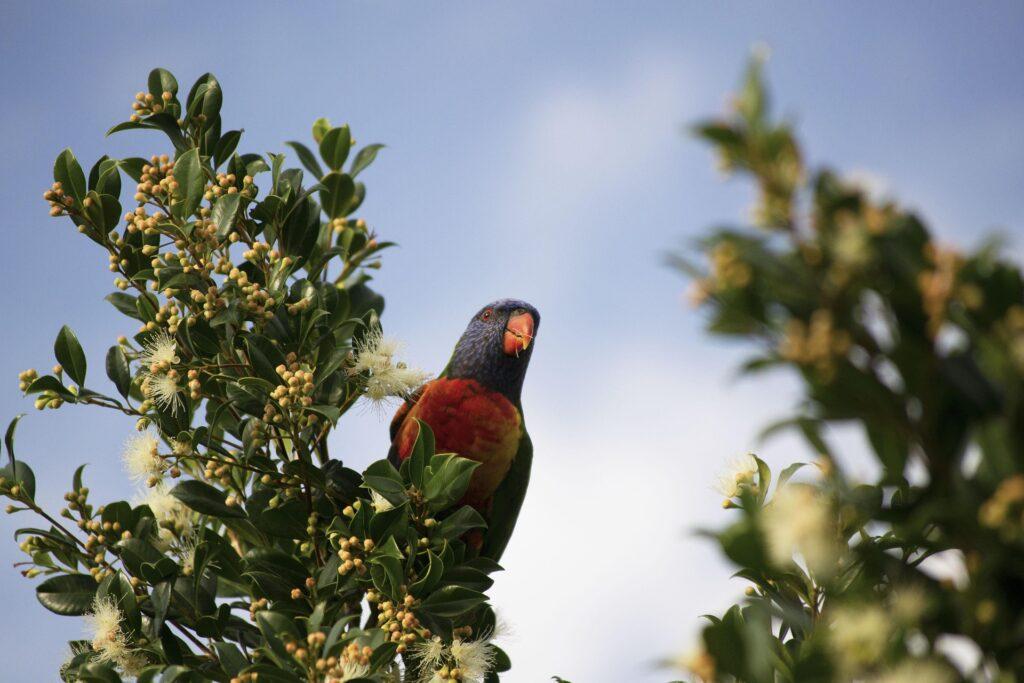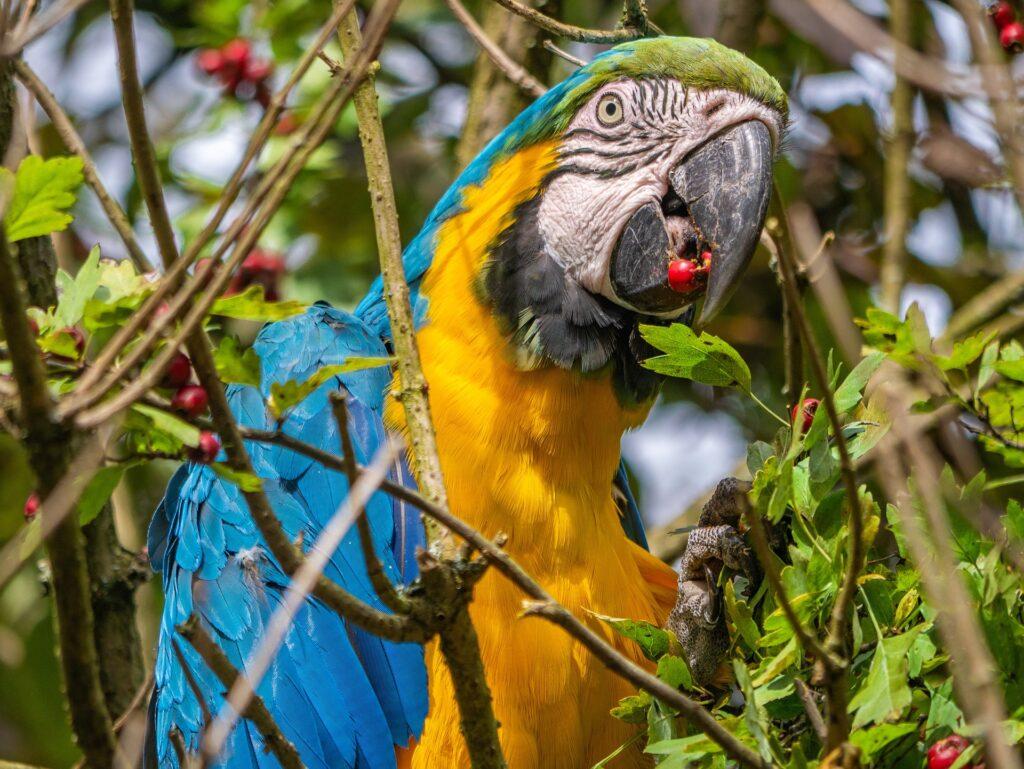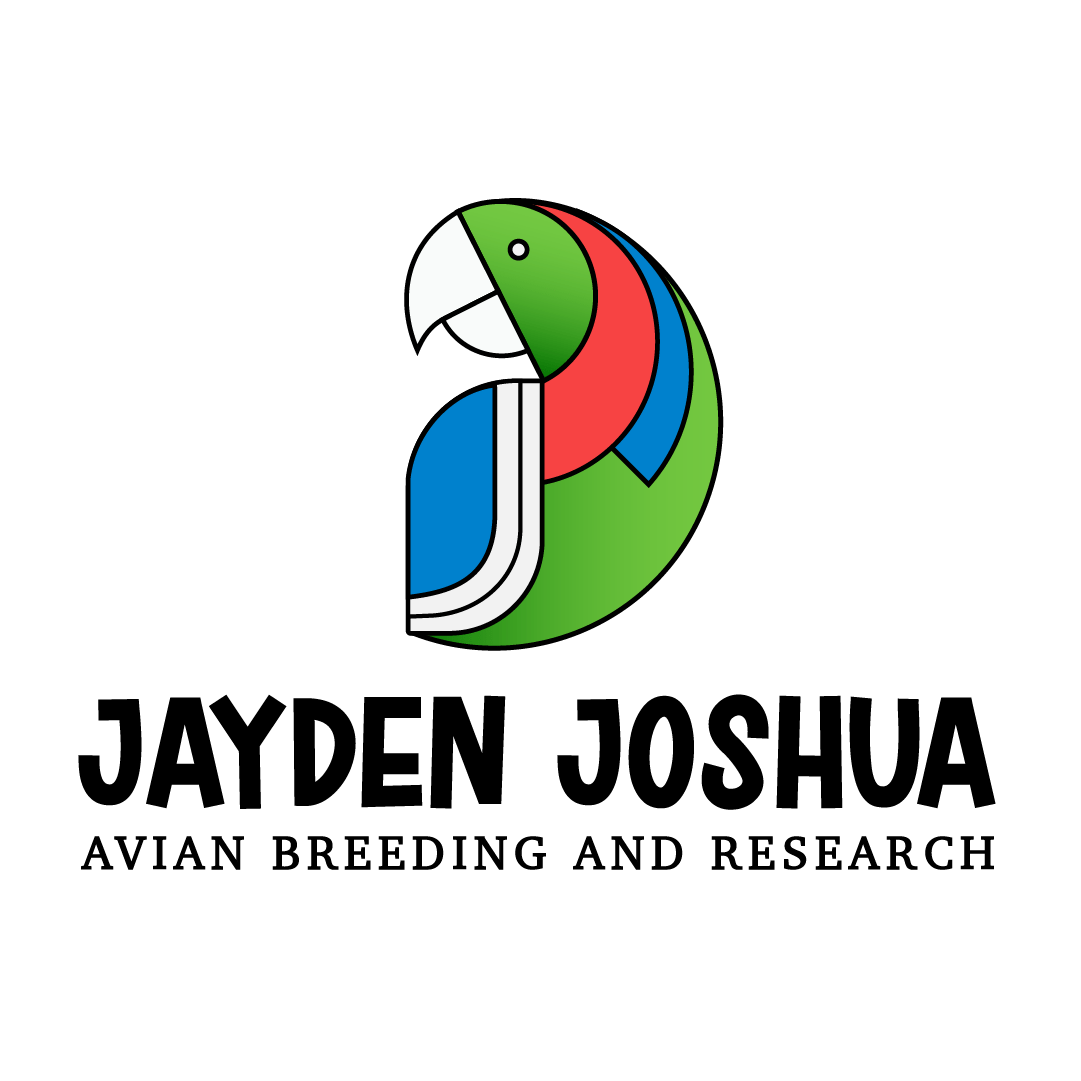
The time of year when birds reproduce and mate is known as the breeding season. This typically occurs in the spring in the wild. The temperature starts to rise at that time, and food is most plentiful. Depending on the species, breeding seasons can occur at any time of the year in captivity, when food shortage isn’t a problem.
We breed just once or twice a year, Spring & Autumn. Spring – March, April, May and Autumn – September, October.
Understand The Origin Of The Species
It is crucial to first take into account the origin of the species you wish to breed. Are the birds you own European, tropical, or native desert region? This has a big impact on the necessary preparation for your birds for the breeding season.
European – Amazona, Psittacula, Quaker parrots, Arantinga parrots, Agapornis parrots
Tropical Parrots (Tropical North and South America) – Ara Macawo, Pyrrhura, Aratinga
Desert/Mountain Parrots – Thick-Billed Parrot, Burrowing Parrot

There is no place on earth with a completely constant climate. Everywhere there are some type of seasonal variations, whether it would be summer and winter or rainy and dry seasons. This affects how quickly plants develop. The majority of animals and birds react to these seasons by reproducing when the going is good (summers and wet seasons). In this context, “good” refers to both amount of food and quality of food. The majority of plants are largely dormant in the winter and during summer (dry) seasons. During winter and summer in the wild it has inferior food sources, lacking in protein, minerals, and vitamins. They begin to expand and grow stronger and healthy as the weather gets better, and their nutrient content increases. They become much superior food as a result. The protein level has changed the greatest.
Birds respond to two main cues that induce breeding readiness in them
- High Protein Diet
- Longer Light Hours
High Protein Diet
Adults must be certain that the food will be suitable for raising young before mating. For two to three months previous to your anticipated breeding date, it is ideal to softly convey that message to European species like canaries, chaffinches, and European softbills. The response time for species that are endemic to dryland areas, such as budgerigars, zebra finches, and other tropical finches, is significantly shorter and is closer to six weeks.

Young birds that are rapidly growing need a lot of protein for healthy growth. 20% is a good general guideline. Therefore, as the diet’s protein content rises, it tells the adult birds that producing chicks is probably a wise decision.
Protein content in traditional captive bird diets ranges from 8% to 12%. At Jayden Joshua Aviculture, we are adamant that they are too low for optimal chick growth or adequate adult breeding stimulation.
It is possible to increase dietary protein in two ways:
The first is to increase the intake of amino acids. This ensures that the bird can utilise all of the protein in the seed, fruit, or pulses that you are giving it (assuming you add enough). Your bird can only use roughly 60% of the protein it gets from plants without these supplements. The second method of increasing protein intake is to include a high-quality protein source in the food you provide your birds.
As soon as the first hens begin to lay, it’s crucial to increase the calcium intake in the diet. Continue doing it throughout the breeding season and the initial phase of chick weaning.
The chick’s energy requirements increase as they become bigger in order to maintain their larger bodies. In order to keep their bodies warm and move around a lot more, they require a lot more energy than they do protein to grow. This need for extra energy becomes even more crucial when they start to fly after becoming fledglings. Therefore, the older they are, the less protein they need.
Probiotics should be added to the meal in the final two weeks before breeding for even greater outcomes. As a result, the adults get into top shape and the chick’s digestive systems are operating at full capacity, which has a fantastic effect on health and growth.
Longer Days
Breeders must give progressively longer daylight hours for birds raised indoors. This will put adults in breeding condition regardless of diet. It indicates to them that the feed will get better in the future. However, changing both your food and your lighting together will yield the best effects. Relying solely on lighting and feeding the birds a low-protein diet is the worst thing you can do. These are the birds that are most prone to give up on their nests and start fresh in the hopes that the next time the forecast of future abundance is accurate.

Breeding Season Preparation Checklist
- Clean Thoroughly
- Nutrition
- Do Not Disturb The Birds
Subscribe to our newsletter!


